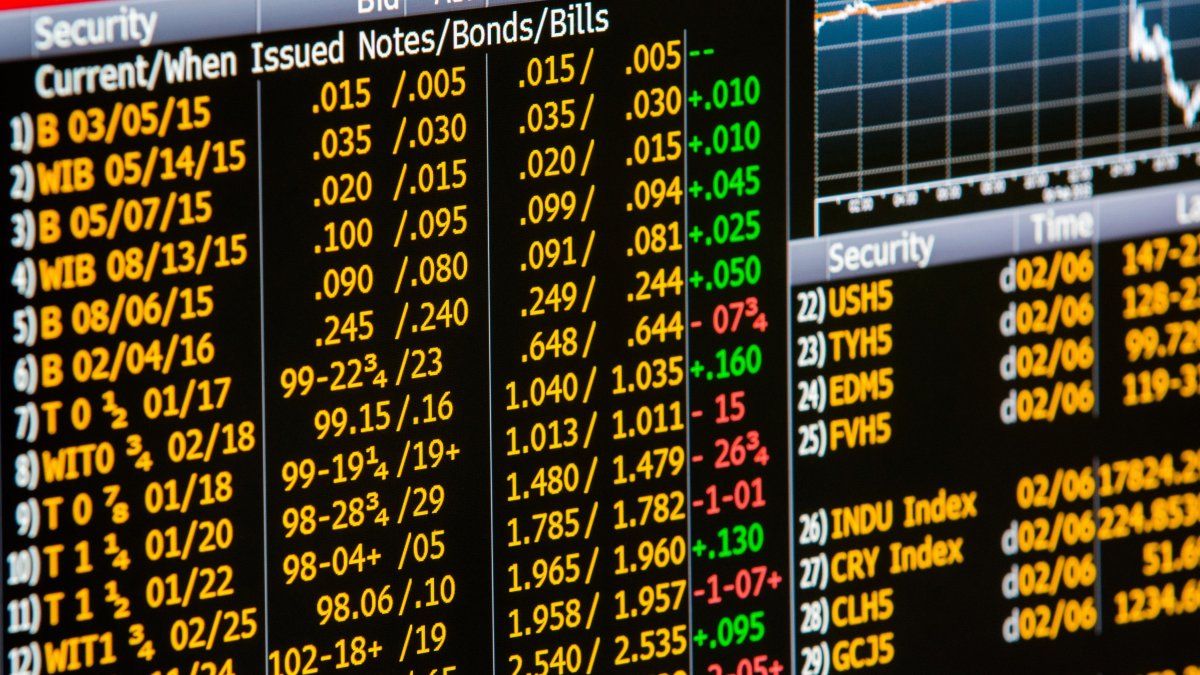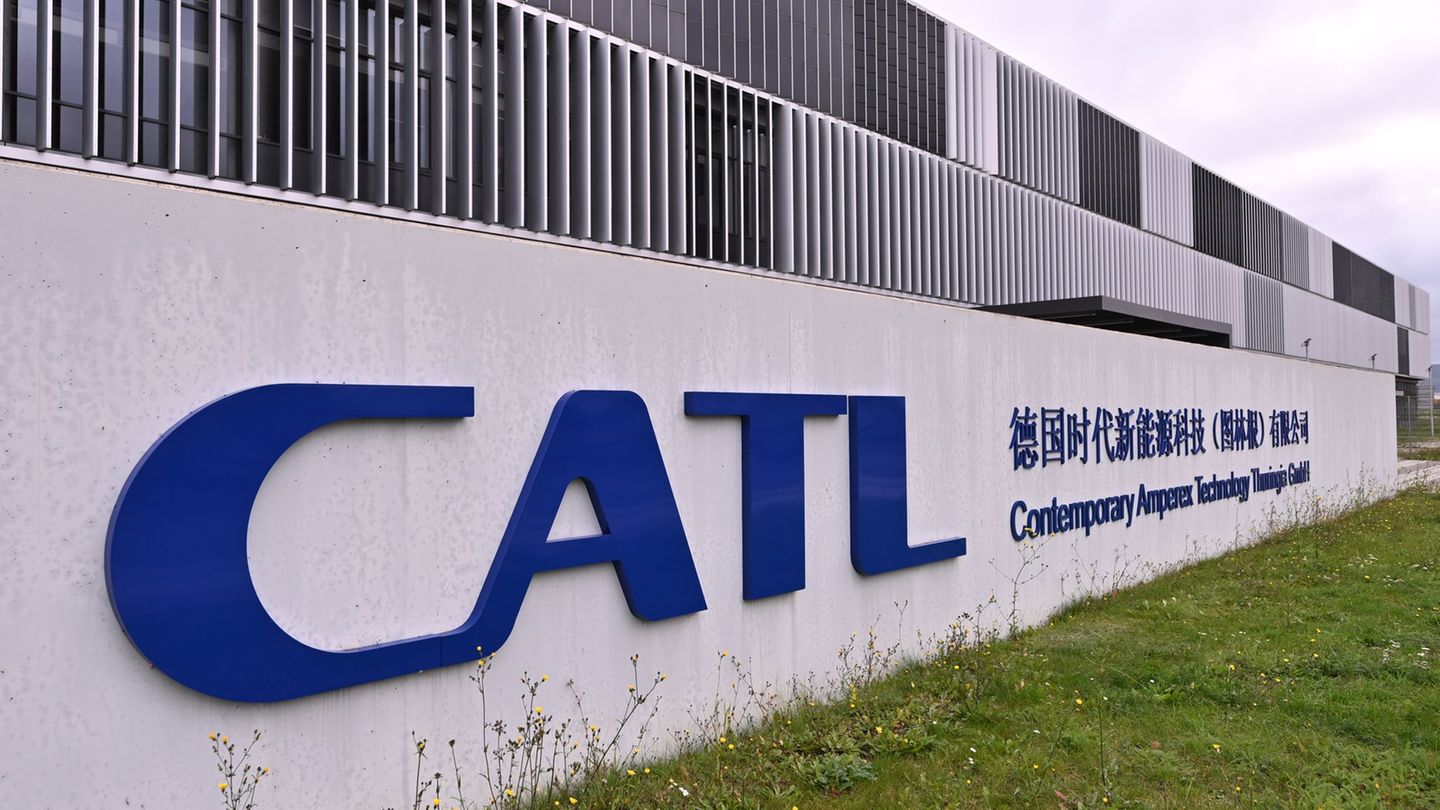The dollar-nominated bonds operate in the red this Friday, September 27 and mark decreases of up to 1.5%, while Argentine stocks recover on Wall Street and climb up to 4.5%.
The falls in Argentine fixed income come after bad poverty data are known (it reached almost 53% of the population) and in a week in which the Government seems to have prepared the ground for a debt exchange in dollars. However, analysts consider that the low of this day is due, more than anything, to profit-taking.
The losses are led by the Bonar 2041 (-1.5%); Bonar 2029 (-1.1%); the Global 2030 (-0.7%); Bonar 2038 (-0.7%).
This places the country risk just above the 1,300 basis points (1,302 points), but it makes clear the resistance to drilling that key level.
ADRS and S&P Merval
In the New York market, the papers of Argentine companies operate with a majority of green ones although without major increases, perhaps infected by the good moment that Wall Street is going through. IRSA advances 4.3%; Edenor, 2.4%; Tenaris, 2.1%.
The S&P Merval rebounds 1% after a streak of five falls in a row and also climbs with Edenor leading the recovery. It follows Pampa Energía (+3.7%), Telecom Argentina (+2.4%) and BBVA (+2.3%).
“The poverty data does not surprise the market because I already expected it within the framework of the recalibration carried out by the Government. The data is shocking, but It wasn’t a surprise. I think what happens is that Argentina moves in step with international markets and emerging bonds have been a bit heavy lately. And, on the other hand, the S&P Merval was rising and, now, it is more in line with the global trend,” he says. Andrés Reschini, analyst at F2 Soluciones Financieras.
He explains, thus, that, although the financial reform was approved and the market expects the laundering to be successful, bondholders do not see enough signs to think they are risk-free. “It is not enough for the market to be encouraged to pay and the market moves in step with the local trend, which is why they are not encouraged to pay more for local risk,” analyzes Reschini.
In recent weeks, The bonds had risen around 10%, so the fall may imply profit taking by investors. “I think that the image of the Government abroad remains strong, more than anything because of the fiscal commitment, although the latest poverty data makes it weaker, without a doubt, in terms of sustainability for the future,” he says, for his part, Eric Panigua, from Epyca Consultores.
Finally, in the Treasury tender on Thursday and in which all maturities could not be renewed, Lecaps operated bullishly and rose 0.1% along the curve. At the closing prices, they yielded a nominal annual rate (TNA) of between 44.74% (10/14/24) and 58.25% (9/12/25).
Econviews highlights in its latest report that after falling almost 80 bps between September 11 and 18, the JPMorgan index (country risk) compressed another 63 bps in the last week, closing at 1,304 basis points in recent days. “It broke the floor of 1,300, but had a slight rise towards the end of the day.”
And he adds: “Bonares and Globales have been the best investment of the last weekwith returns in dollars that exceeded the rest of the available assets.”
Source: Ambito
I am Pierce Boyd, a driven and ambitious professional working in the news industry. I have been writing for 24 Hours Worlds for over five years, specializing in sports section coverage. During my tenure at the publication, I have built an impressive portfolio of articles that has earned me a reputation as an experienced journalist and content creator.




